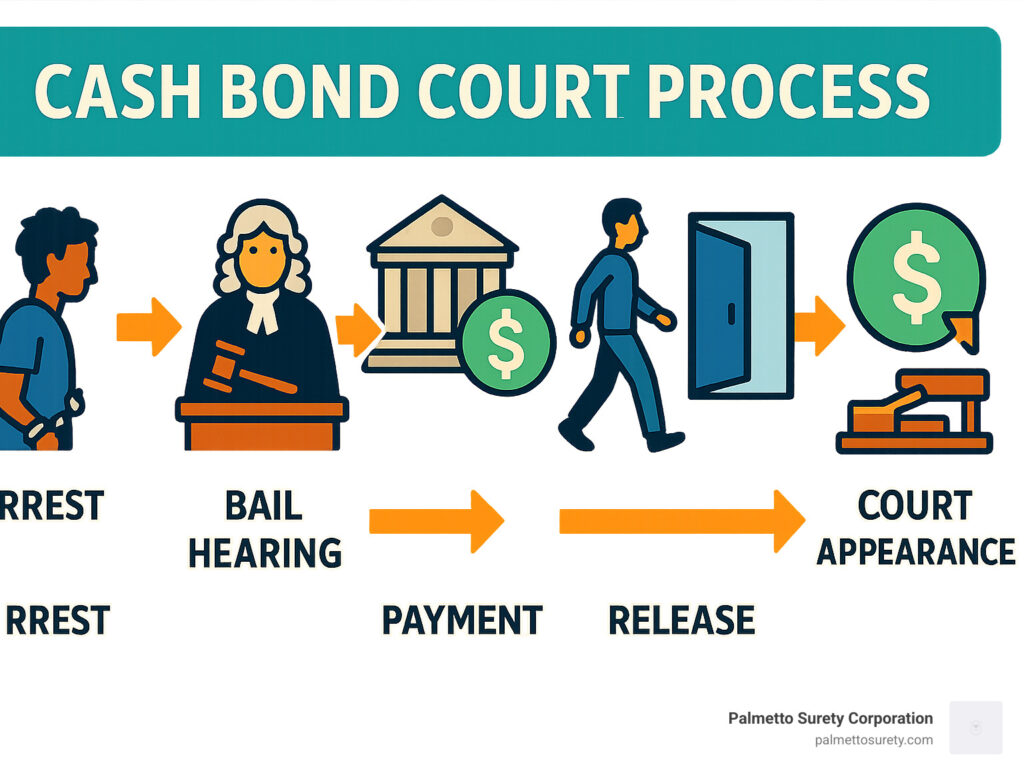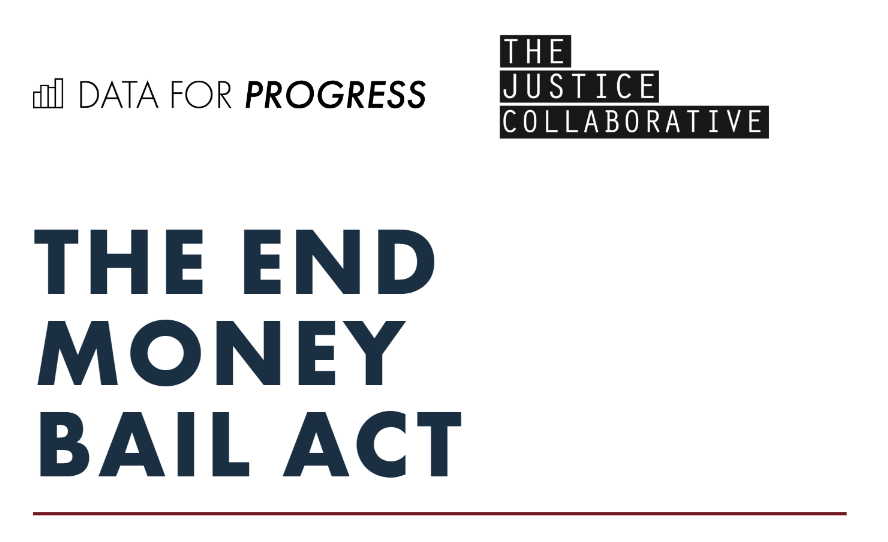Cash Bail Reform 2025 – What Defendants Need to Know in the U.S.
Table of Contents
Introduction
When someone is arrested, their first thought is usually: “How can I get out of jail?” Traditionally, the answer involved paying bail. But with Cash Bail Reform 2025, the landscape of pretrial release in the United States looks very different.
Illinois has ended cash bail entirely, New York has modified its bail laws multiple times, and California is experimenting with pretrial algorithms. At the same time, states like Texas and Florida continue to rely on traditional bail.
For defendants, these differences can be the deciding factor between waiting for trial at home or behind bars. Understanding how Cash Bail Reform 2025 affects your state is essential if you or a loved one is facing charges.
What Is Cash Bail Reform 2025?
Cash bail was designed as a financial guarantee to ensure defendants returned to court. While supporters argued it protected accountability, critics said it punished the poor while wealthier defendants could buy their freedom.
Cash Bail Reform 2025 shifts away from money-based release. Instead, courts rely on risk assessments, pretrial services, or supervised monitoring. Judges now weigh whether defendants pose a safety or flight risk rather than whether they can pay.
Supporters argue this creates a fairer system, but critics worry about inconsistent outcomes and the possibility of biased algorithms shaping decisions.

States Leading the Way
Illinois – SAFE-T Act
In 2023, Illinois became the first state to completely abolish cash bail under the SAFE-T Act. By 2025, judges are using a risk-based system to decide release. Many defendants are freed without paying, though prosecutors can still argue for detention in cases involving public safety.
New York – Ongoing Adjustments
New York initially passed sweeping bail reform in 2019, but backlash led to several rollbacks. In 2025, judges now have more discretion to impose bail in cases involving repeat or violent offenders. For defendants, this means outcomes vary more depending on the charges and judicial interpretation.
California – Pretrial Experiments
California continues to test pretrial algorithms and supervision programs in place of bail. These tools analyze flight risk and community safety. While some praise the shift, defense lawyers warn algorithms may reflect hidden racial or economic bias.
Other States
- New Jersey – Reduced reliance on bail while reporting stable crime rates.
- Texas and Florida – Largely unchanged, continuing to rely on cash bail systems.
- Michigan and Pennsylvania – Considering partial reforms but moving cautiously.
Why Cash Bail Reform Matters
For defendants, these reforms have life-changing consequences:
- Freedom Before Trial – Time spent in jail before trial can harm jobs, families, and reputations.
- Fairness – Reform prevents the poor from sitting in jail simply because they cannot afford release.
- Safety Concerns – Opponents argue that automatic release increases community risks.
- Unequal Justice by State – The same charge may have drastically different outcomes depending on geography.
Case Example: Illinois vs. Texas
Consider two first-time defendants charged with shoplifting.
- In Chicago, under the SAFE-T Act, the individual may be released without paying bail.
- In Houston, that same person may need to post a $5,000 bond, and if they cannot afford it, they remain in jail.
This disparity shows how Cash Bail Reform 2025 creates a patchwork system across the country.
Challenges and Criticisms
Even with reform, concerns remain:
- Algorithm Bias – Risk assessment tools may unintentionally target certain groups.
- Judicial Discretion – Judges have broad power, leading to inconsistent rulings.
- Public Safety Debates – Critics cite cases where released defendants reoffended, fueling political opposition.
Despite these criticisms, reform continues to spread as states look for ways to reduce overcrowded jails and ease financial burdens on defendants.
What Defendants Should Do in 2025
- Call a Defense Lawyer Immediately – Bail decisions are complex, and an attorney can argue for your release.
- Learn Local Rules – Bail reform is not uniform. Illinois, New York, and California differ significantly from Texas or Florida.
- Prepare Evidence for Release Hearings – Letters from employers, proof of community ties, and clean records can influence judges.
- Protect Your Rights – Even with reform, courts may still deny release in certain cases.

The Future of Bail Reform
Looking ahead, Cash Bail Reform 2025 could serve as a model for further nationwide changes. States like Michigan and Pennsylvania are watching Illinois closely. Meanwhile, traditional states such as Texas remain resistant.
Whether reform spreads or stalls will depend on public opinion, court outcomes, and political battles. For defendants, the system will likely remain divided for years to come.
Conclusion
Cash Bail Reform 2025 is not just a policy change—it’s a transformation of the American justice system. While some states are moving toward fairness by eliminating financial barriers, others remain rooted in traditional practices.
For defendants, the impact is clear: your ability to fight charges from outside jail now depends largely on the state where you are arrested.
👉 If you or a loved one has been charged with a crime, speak with an experienced criminal defense lawyer who understands how these new bail laws affect your rights and freedom.


Leave a Reply